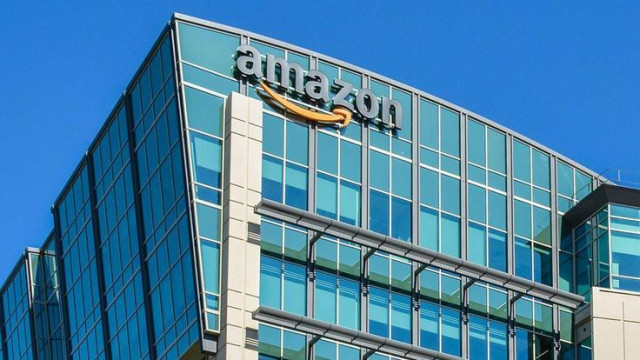Amazon is taking a big swing at reducing office space in a move expected to save the company $1.3 billion over the next few years.
This strategy comes amidst a broader cost-cutting effort by the e-commerce giant.
An internal document obtained by Business Insider reported that Amazon plans to achieve these savings by:
* Letting certain leases expire naturally
* Discontinuing use of some office floors
* Negotiating early terminations for specific buildings
"We're constantly evaluating our real estate portfolio...looking at trends in how employees are using our offices," said Amazon spokesperson Brad Glasser in a statement.
The current office vacancy rate sits at a staggering 33.8%, a statistic Amazon expects to improve significantly. Their goal is to reduce vacancy to 25% in 2024 and ultimately reach 10% within the next three to five years.
This reduction in office space is attributed to two factors according to an anonymous source: slower company growth and recent layoffs. However, the impact extends beyond Amazon's bottom line. Experts fear this move will further destabilize the already struggling commercial real estate market, already facing challenges from remote work, overbuilding, and similar space reductions by tech giants like Google and Meta.
This focus on real estate efficiency isn't the only cost-cutting measure Amazon has implemented.
Last year, the company mandated a "hub-and-spoke" model, requiring employees to relocate to central office locations to increase office density. Additionally, they instituted a minimum three-day-a-week in-office policy for most employees, even forcing some remote workers to move closer to designated hubs. Those refusing to comply faced an ultimatum: "voluntary resignation" or potential termination.
Amazon further seeks to minimize operational costs by implementing "hibernations." This involves temporarily suspending the use of entire floors or buildings, essentially putting them in a low-power state while still maintaining them within the company's portfolio.
Despite Amazon's claims that these space-saving measures are independent of their return-to-office (RTO) policy, some employees remain sceptical.
Sequel to the rushed RTO announcement last year, confusion and frustration arose due to outdated data and unprepared office buildings.
Sources said that much of the office space planning is still done manually using spreadsheets, adding further complexity.
Cost-cutting extends beyond real estate.
The recent layoffs impacted the advertising team, with up to 160 jobs eliminated.
The Alexa team is also undergoing restructuring to minimize operational expenses. One Medical, a healthcare company Amazon acquired for $3.9 billion, is also facing pressure to reduce costs.
Employee resistance to the RTO policy remains strong. Over 30,000 employees signed an internal petition arguing they were hired specifically for remote positions during the pandemic.
However, Amazon leadership, including CEO Andy Jassy, remains firm, warning employees who refuse to comply that "it's probably not going to work out for you at Amazon."
As Amazon strives for increased efficiency, the impact will be felt not only within the company walls but also in the broader commercial real estate market.
The coming months will reveal how these changes affect employees, the office space landscape, and Amazon's overall financial health.




















